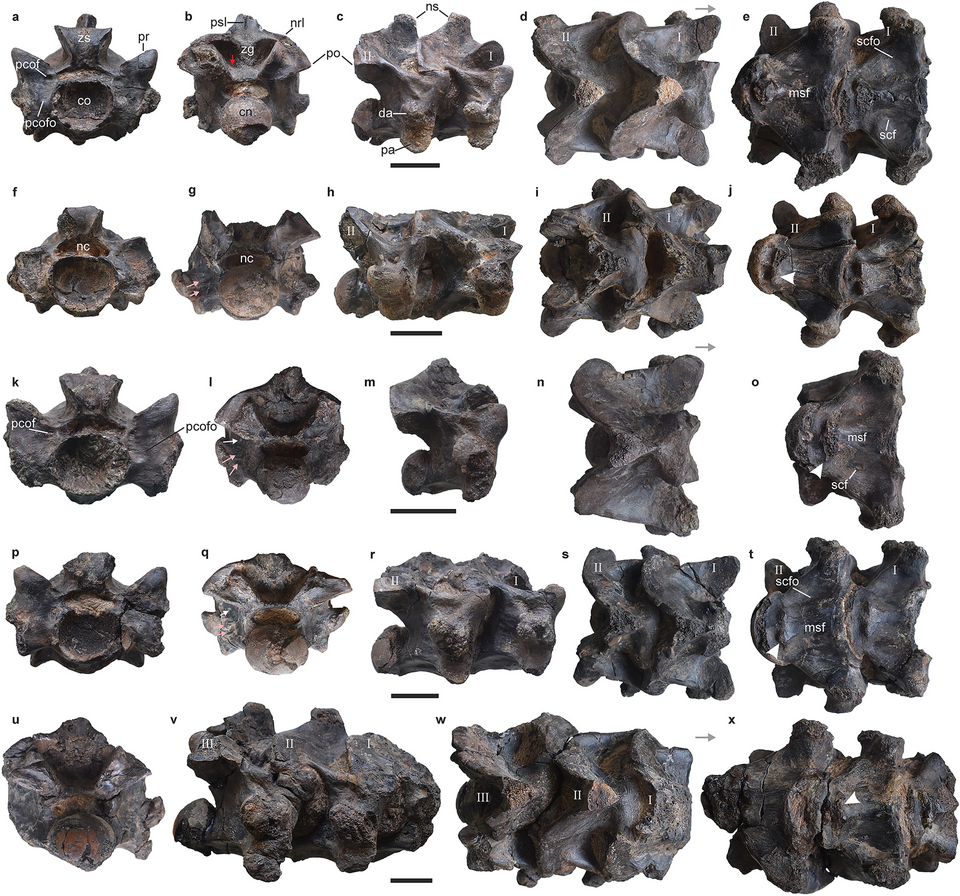Discovery of 50-Foot Snake Fossil in India Revolutionizes Paleontology

In a groundbreaking paleontological discovery, researchers from the Indian Institute of Technology Roorkee unearthed a 50-foot-long fossil of a prehistoric snake, Vasuki indicus, in the Panandhro Lignite Mine located in Gujarat’s Kutch region, dating back approximately 47 million years to the Middle Eocene period. This extraordinary find, published in the esteemed journal Scientific Reports on July 26, 2025, not only sheds light on prehistoric ecosystems but also transforms our understanding of snake evolution, particularly regarding their size and predatory behaviors.
The fossilized remains, comprising 27 well-preserved vertebrae, suggest that Vasuki indicus weighed over 2,200 pounds and possessed a robust, cylindrical body. Dr. Priya Sharma, a paleontologist at the Indian Institute of Technology Roorkee and lead author of the study, remarked, "This discovery reveals a colossal predator that likely relied on ambush tactics, similar to modern pythons, to capture prey. Its size indicates it played a crucial role in the ancient food chain of its ecosystem."
The Middle Eocene period was characterized by significant climatic and ecological changes that fostered the growth of large reptiles. According to Dr. Alice Thompson, an ecological historian at the University of Cambridge, "The warm tropical environment of this era allowed for the proliferation of large-bodied predatory animals, making the discovery of Vasuki indicus a vital piece in understanding the biodiversity of prehistoric India."
The significance of Vasuki indicus extends beyond its size; it provides insights into the evolutionary trajectory of the Madtsoiidae family, an extinct group of snakes that thrived across the ancient supercontinent Gondwana from the Late Cretaceous to the Late Pleistocene. Dr. Mark Henderson, an evolutionary biologist at Stanford University, stated, "The fossil evidence from Vasuki indicus aids in reconstructing the evolutionary history of the Madtsoiidae family, suggesting they occupied a more diverse range of habitats than previously thought."
Moreover, the cultural implications of this discovery are profound. The name Vasuki is steeped in Hindu mythology, referring to a divine serpent associated with strength and power. By naming the species after this mythological figure, researchers acknowledge both the scientific and cultural significance of their find. Dr. Ravi Kumar, a cultural anthropologist at the University of Delhi, noted, "This link between ancient species and contemporary cultural narratives enriches our understanding of how deeply intertwined science and mythology are in Indian society."
Furthermore, the findings provide a snapshot of the ancient ecological landscape. The dense vegetation and warm climate of the Eocene period created a rich habitat, supporting diverse prey species for large predators like Vasuki indicus. Dr. Lucy Green, a climate scientist at the National Institute of Oceanography, emphasized, "Understanding the climatic conditions that allowed for such massive reptiles can inform current discussions on biodiversity and ecosystem resilience in the face of climate change."
In conclusion, the discovery of Vasuki indicus not only reshapes our understanding of ancient reptiles but also highlights the intricate relationships between evolution, climate, and culture. As researchers continue to explore the Kutch region, the implications of this fossil could influence future studies on the evolution of reptiles and the environmental factors that shaped prehistoric ecosystems. The ongoing examination of this site may yield further insights into the ancient world, potentially uncovering more giants from the depths of history.
Advertisement
Tags
Advertisement





